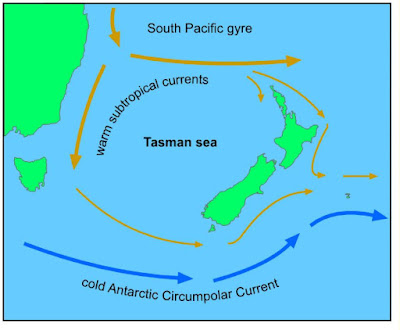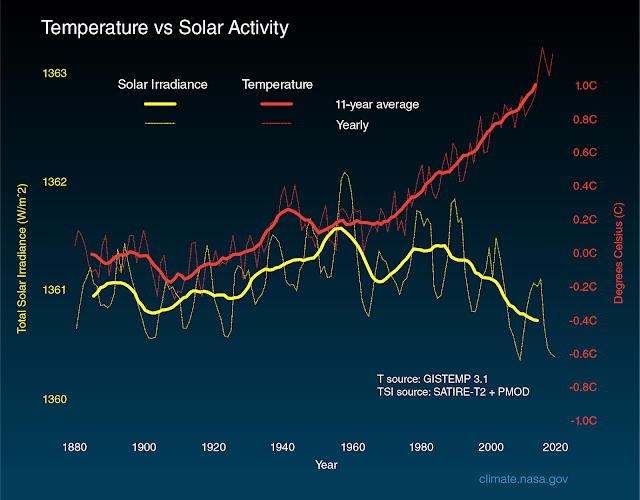The crown-of-thorns starfish, Acanthaster planci, takes its name from the thick venomous spikes which grow on its aboral (back) side, facing outward and are typically 4-5 cm/1.5-2 in long. Adults range from 25-35 cm/10-14 in in diameter, very large for the Acanthaster genus. Its natural range is the warm waters of the Indian and Pacific oceans, and it feeds on hard coral polyps.
In most respects these starfish behave like others of their genus, moving slowly via their flexible limbs across the reef or sea floor, and eat via a mouth located at the center of their body. A. planci, however, is one of the most efficient predators of hard coral polyps. A crown-of-thorns infestation can kill an entire reef colony. When this happens, the hard corals might be replaced by a number of different organisms, including filamentous algae, soft coral and sponges, in many cases preventing recovery by the hard coral.
Crown-of-thorns outbreaks on the Great Barrier Reef can take a decade or more to happen, as successive waves of starfish spawn and spread. Since the 1960’s four major outbreaks have occurred, most recently in 2019. The frequency and severity of these outbreaks is killing reef colonies in areas, and lowering the density of corals enough in others to impact the other species. Pollution and overfishing have reduced the number of their predators, including pufferfish and triggerfish, and since the 70’s have helped create a long-term increase in the A. planci population.
Tomorrow: overfishing.
Be brave, and be well.






















































